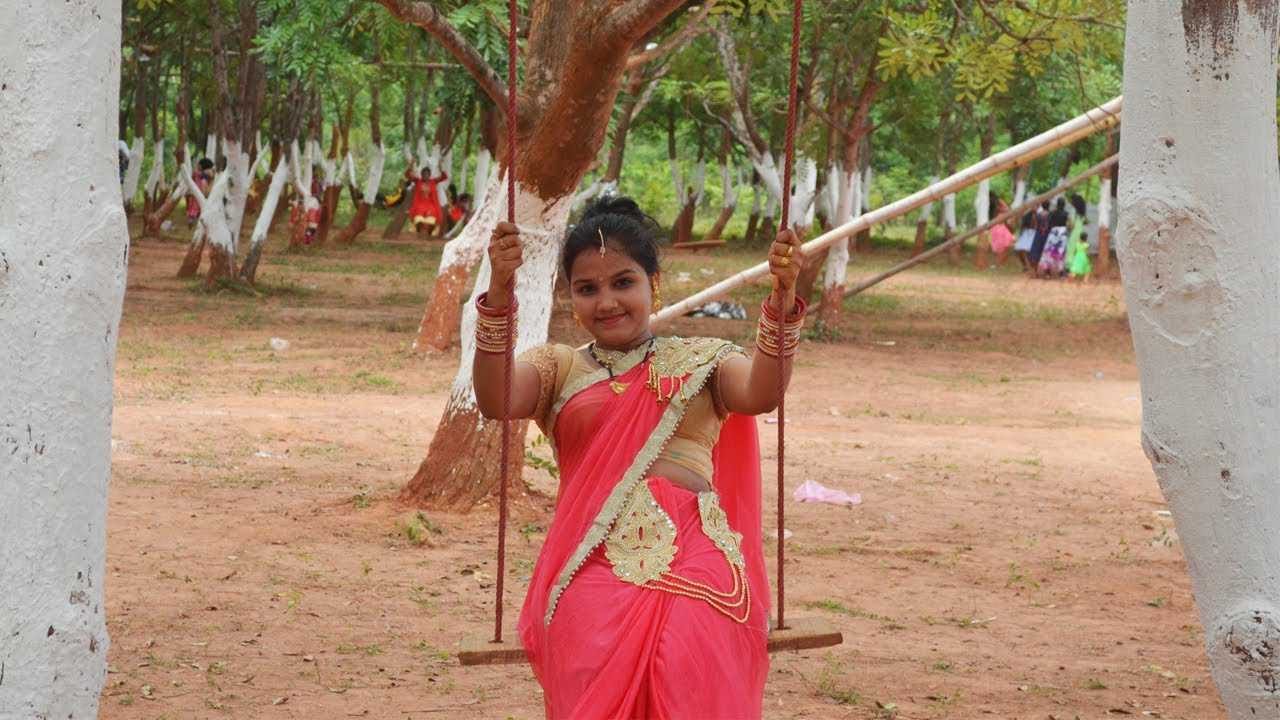Raja which is derived from the word Rajaswala means a menstruating woman. It is a four-day festival which marks the period of fertility regeneration of earth similar to the menstrual cycle a woman undergoes. The festival is celebrated across Odisha.
It signifies the menstrual cycle of the earth similar to that of a woman. Just like women go into a resting phase during menstruation the earth is also considered to be in a similar phase during these days of the year.
Happy #RajoParba to all, the great #Odia Festival . pic.twitter.com/QCQsCC36rj
— Sudarsan Pattnaik (@sudarsansand) June 14, 2019
Raja is characterized by the traditional swing and the games associated with it. swings are traditionally tied on mango or tamarind trees. Raja folk songs are sung in the chorus as the swing goes to and fro. “Banaste daakila gaja…” is one of the quintessential Raja songs. Games such as Ludo, Taas (playing cards), Baagudi, Bohu Chori, Puchi, etc. (though not very common in urban areas), are played with friends well past midnight.
In the household aroma of delicacies are spread like poda pitha, arisa pitha, Raja paan, chakuli pitha, etc. they are distributed among neighbors and relatives. Raja is the time when girls relish the mouth-watering paan.
The first day of the festival is called Pahili Raja, the second day is the advent of the month of Asadha and is commemorated by Mithuna Sankaranti and the third day is known as Basi Raja and the fourth day of Basmati Gadhua signifies the end of menstruation of the earth.
Historical significance of the festival
It is believed that the mother Goddess Earth or the divine wife of Lord Vishnu undergoes menstruation during the first three days. The fourth day is called Vasumati Snana, or ceremonial bath of Bhudevi. The term Raja came from Rajaswala (meaning a menstruating woman), and in medieval times the festival became more popular as an agricultural holiday marking the worship of Bhudevi, who is the wife of Lord Jagannath. A silver idol of Bhudevi is still to be found in the Puri Temple beside Lord Jagannatha.


















